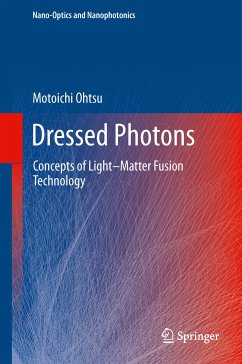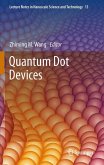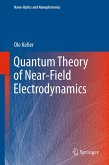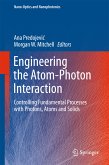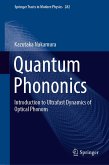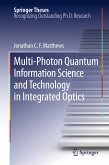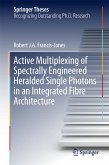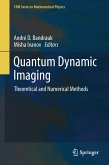Authored by the developer of dressed photon science and technology as well as nanophotonics, this book outlines concepts of the subject using a novel theoretical framework that differs from conventional wave optics. It provides a quantum theoretical description of optical near fields and related problems that puts matter excitation such as electronic and vibrational ones on an equal footing with photons. By this description, optical near fields are interpreted as quasi-particles and named dressed photons which carry the material excitation energy in a nanometric space. The author then explores novel nanophotonic devices, fabrications, and energy conversion based on the theoretical picture of dressed photons. Further, this book looks at how the assembly of nanophotonic devices produces information and communication systems. Dressed photon science and technology is on its way to revolutionizing various applications in devices, fabrications, and systems. Promoting further exploration in the field, this book presents physically intuitive concepts, theories, and technical details for students, engineers, and scientists engaged in research and development in dressed photon science and technology as well as nanophotonics.
Dieser Download kann aus rechtlichen Gründen nur mit Rechnungsadresse in A, B, BG, CY, CZ, D, DK, EW, E, FIN, F, GR, HR, H, IRL, I, LT, L, LR, M, NL, PL, P, R, S, SLO, SK ausgeliefert werden.

